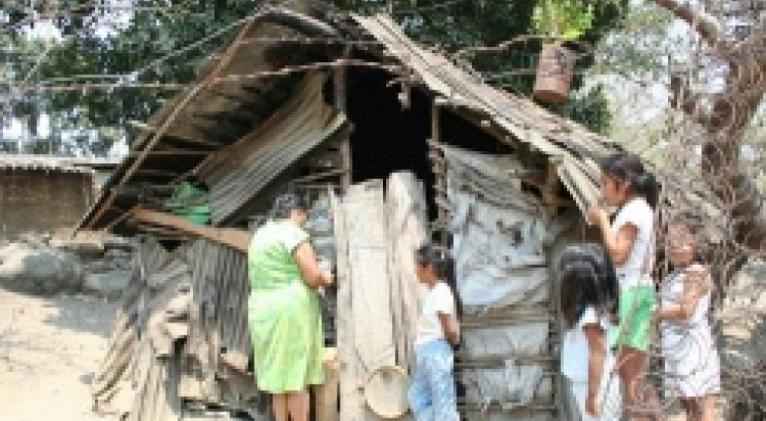Chronic Poverty Affects 130 Million Latin America Residents

The study entitled “The Forgotten: Chronic Poverty in Latin America and the Caribbean” by Renos Vakis, Jamele Rigolini and Leonardo Lucchetti reveals that one-fifth of Latin Americans have lived in poverty for their entire lives and that there are significant variations in the poverty rate within countries.
In 2004, the percentage of poor in Latin America stood at 44.9 percent, while by 2012 that figure had declined to 25.7 percent.
Uruguay, Argentina and Chile are the countries with the lowest rates of chronic poverty, with figures around 10 percent, while Nicaragua has 37 percent and half the population of Guatemala is in that situation.
Also, there are significant variations in poverty within single countries, with 5 percent of the population in Santa Catarina, in Brazil, considered to be living in chronic poverty, whereas in Ceara the rate is 40 percent.
Social mobility within countries has also brought chronic poverty to the urban centers, with Chile, Brazil, Mexico, Colombia and the Dominican Republic having experienced higher chronic poverty rates in their cities between 2004 and 2012 than in their rural areas.
Upon presenting the report, Vakis said that “economic growth is perhaps insufficient” to reduce chronic poverty, since other factors influence that condition.
Among those circumstances, Vakis cited the context in which the chronically poor live, which makes access to the job market more difficult, as well as geographic location or having a large number of low-technology jobs which give workers less income.
“The advances that have occurred in Latin America with regard to reducing the poverty levels and the rise of a middle class are indisputable,” said Peruvian Economy Minister Alonso Segura during the presentation of the report.
“More than 70 million people left poverty during the past decade as a result of economic growth and the expansion of employment. However, a segment still remains that has not managed to benefit from this improvement in the economy,” he added.
The presentation of the report was part of the Road to Lima initiative that includes an agenda of dialogue and discussion activities prior to the holding in Lima of the Annual Meeting of the World Bank Board of Governors from Oct. 5-12, 2015.













Add new comment